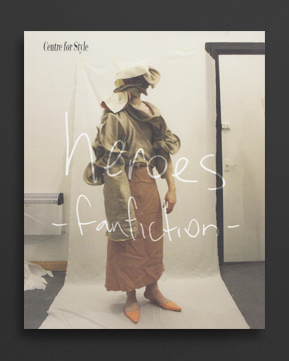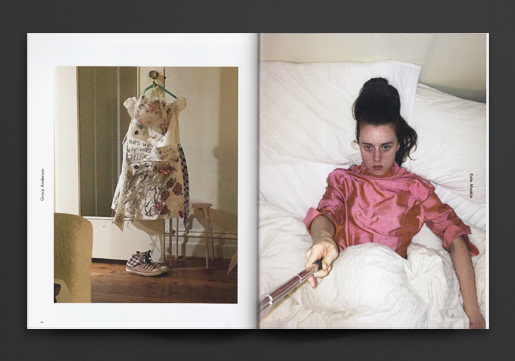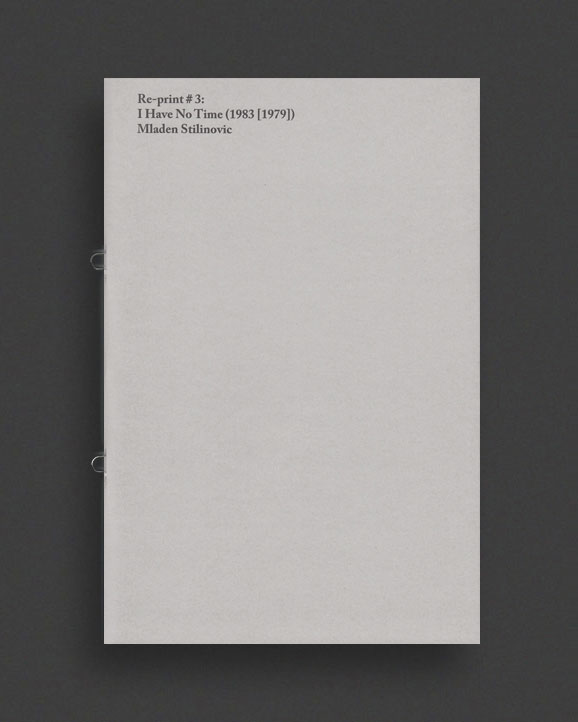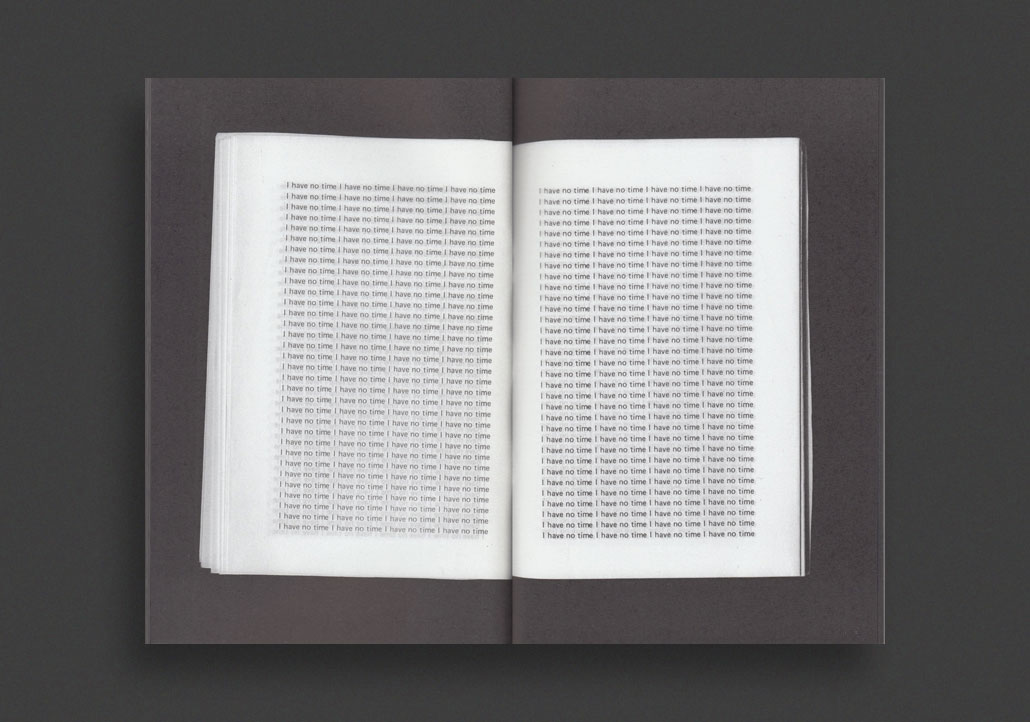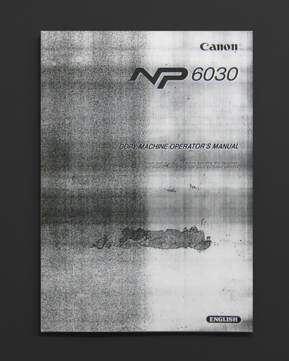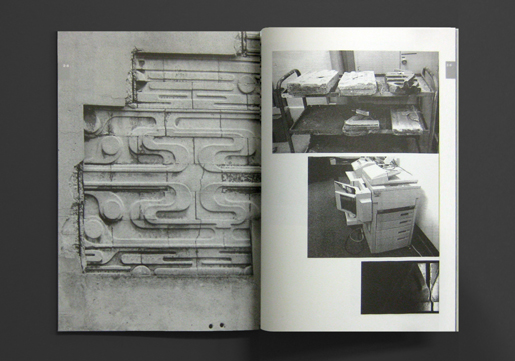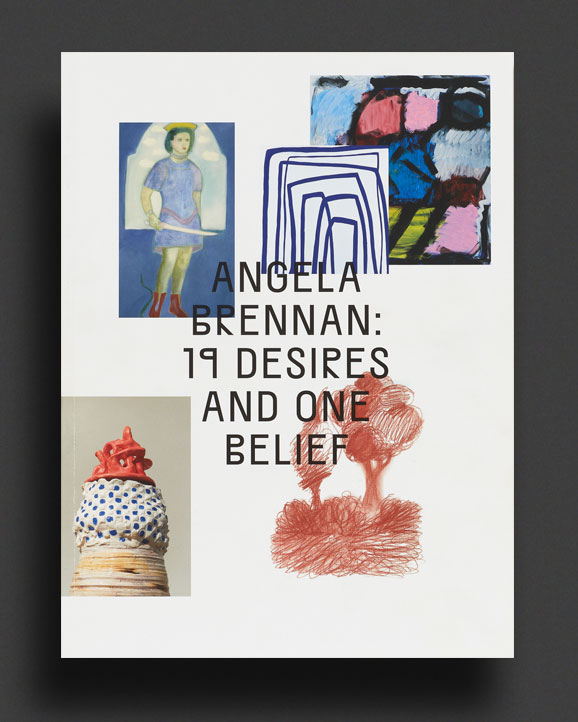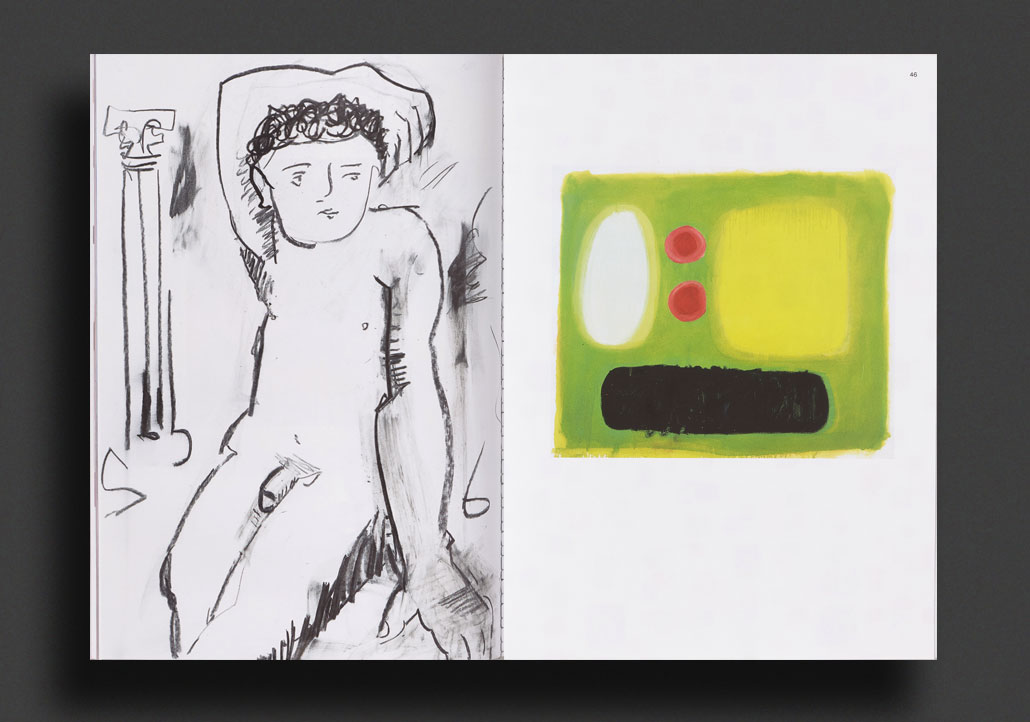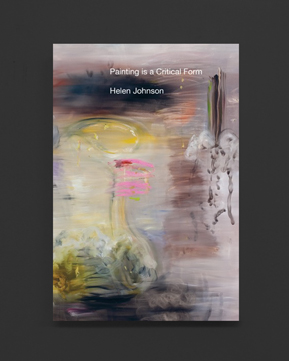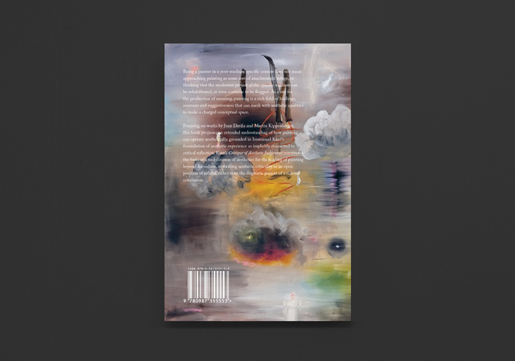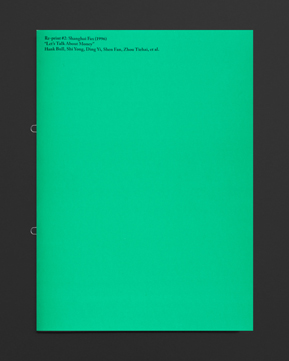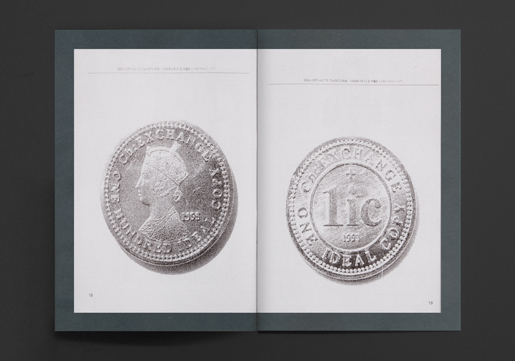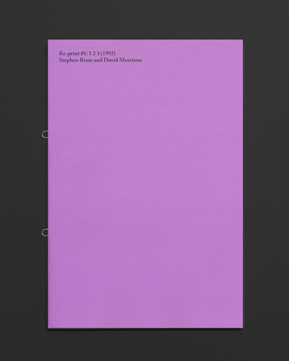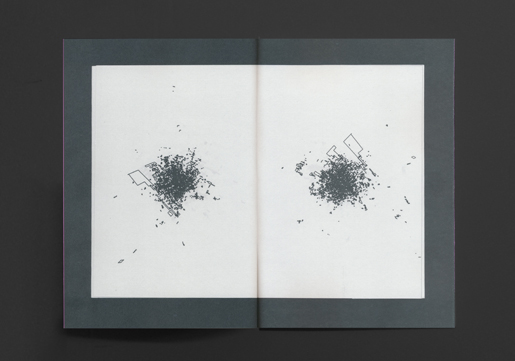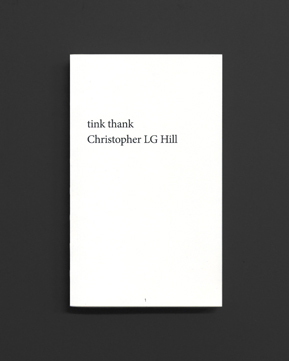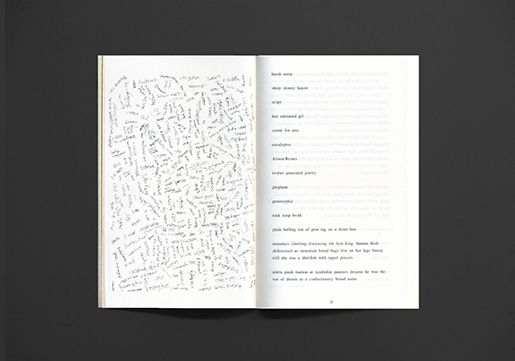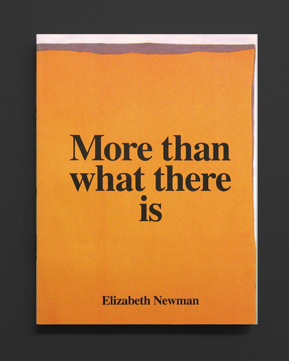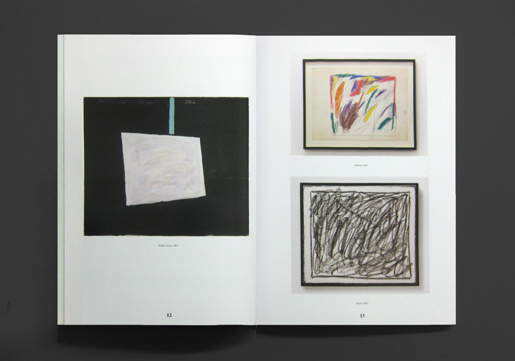(...less)
In 1996, Vancouver-based artist Hank Bull collaborated with Shanghai-based artists Shi Yong, Ding Yi, Shen Fan and Zhou Tiehai in the production of a staple-bound, photocopied catalogue, printed in an edition of 500, to accompany the exhibition Shanghai Fax, which took place in Hua Shan College of Art, March 15 – 25 1996. Re-print #2: Shanghai Fax (1996) “Let’s Talk About Money” presents this catalogue in a 1:1 scale reprint.
The Re-print project is a curated series that reintroduces out-of-print artist publications to a contemporary audience. The series also exploits the character of the reprints to insert interventions in public archives: introducing material that was never legally deposited, or reinserting previously archived publications in the form of mediated replications, thereby indexing the originals.
Shanghai Fax, purportedly the first artist-organised international exhibition to be staged in China, took place in the underground bunker gallery of Hua Shan College of Art from March 15 – 25 1996, timed to coincide with the inaugural Shanghai biennale. Shanghai Fax coalesced an idiosyncratic survey of artistic commentaries, theologies, and personal politics concerning the global economy, its individual affects and its absurdities. It was a low-fi, artist-driven project that mobilised fax works from an unusual constellation of artists: a network of pioneering collaborators in experimental telecommunications art; stars of the nascent Chinese art market; lesser known artists who would later be heralded as the new vanguard of Chinese contemporary art; and a scattering of anonymous contributors and individuals outside the art sphere, including a local real estate agent, whose advertisements of properties currently for sale were diligently added to the exhibition.
For an emerging generation of Chinese artists, Shanghai Faxdismantled prevailing norms of state-proscribed exhibiting strategies (mechanisms for strategic cultural and commercial diplomacy), and empowered experimental artist-direction of curatorial, exhibition and collaboration frameworks. However, for many of the Chinese participants in Shanghai Fax, the exhibition would ultimately prove a rarity on their resumes, as commercial success (and for some, the demands to upscale production for the international circuit) eclipsed less lucrative, artist-networked projects.
Shanghai Fax occurred in an era predating the expansion of the internet in China, the global connectivity of smartphones and social media, the exposure of PRISM and other state-directed surveillance of personal communications, and the routine deployment of malware and Trojan apps designed to mask interference while reinforcing a re-centralisation of information control. Shanghai Fax thus warrants contemporary attention as a counterpoint to our present situation, as a case study of technologically facilitated, decentralised, direct artistic collaboration in an epoch when electronic communications stirred utopian ideals of unfettered, grassroots artistic agency. Since his early years of practice, Hank Bull had been deeply influenced by Robert Filliou’s theories of horizontal technologies. Through Shanghai Fax, Bull, Shi Yong, Ding Yi, Shen Fan and Zhou Tiehai successfully de-privileged both art-as-commodity and professional hierarchy, in favour of Filliou’s credo that “The most important work one can do as an artist to support the valid work of another artist.”
For archivists, faxes are notoriously problematic, being highly unstable, prone to darkening or fading, sensitive to light and temperature, and subject to considerable loss of image data. Soon, if not already, the surfaces of the fax works of Shanghai Fax will be blank. Archival records of the exhibition will then rely heavily on secondary material: a few photographs of the original show; limited documentation from a reshowing of the degraded faxed works at ShanghART gallery in 2011; the original catalogue, though most copies seem to have vanished; and this Re-print.
A fax is of course itself a reprint, the telephonic transmission of a bitmap-encoded scan of an original document. But rather than producing an exact replication, a faxed work is always marked by the mechanical and electronic transfer processes of its transit: scanlines, noise artifacts, blurring, smears, perspectival distortions, the conversion of discrete sheets of paper into elongated strips of imagery, and the addition of heterogeneous time/date/sender/receiver stamps. Indeed, the narrative of Shanghai Fax, from the original works through to this publication, could be recounted by tracing the actions and mutations of successive reprints (faxing, photographing, re-faxing, pasting, photocopying, re-photographing, scanning, photoshop, digital pdf, offset printing). The design of this Re-print, at 1:1 scale but sitting within a larger page, allows it to function as an index to the iterative processes of artistic exchange, intervention, distortion, mutation, de-materialisation, re-materialisation and discursive revisiting, that have attended Shanghai Fax.
To assert the significance of Shanghai Fax within contemporary and historical narratives, Re-print #2: Shanghai Fax (1996) “Let’s Talk About Money” will be distributed to targeted galleries, bookstores and libraries, and will be systematically lodged in relevant archives: as legal depository within federal and state library archives in Australia; in archives pertaining to exhibitionmaking in Asia; and in archives of artist publications in North America and Europe.
File under:
3-Ply / Victoria
Art




















































































































































